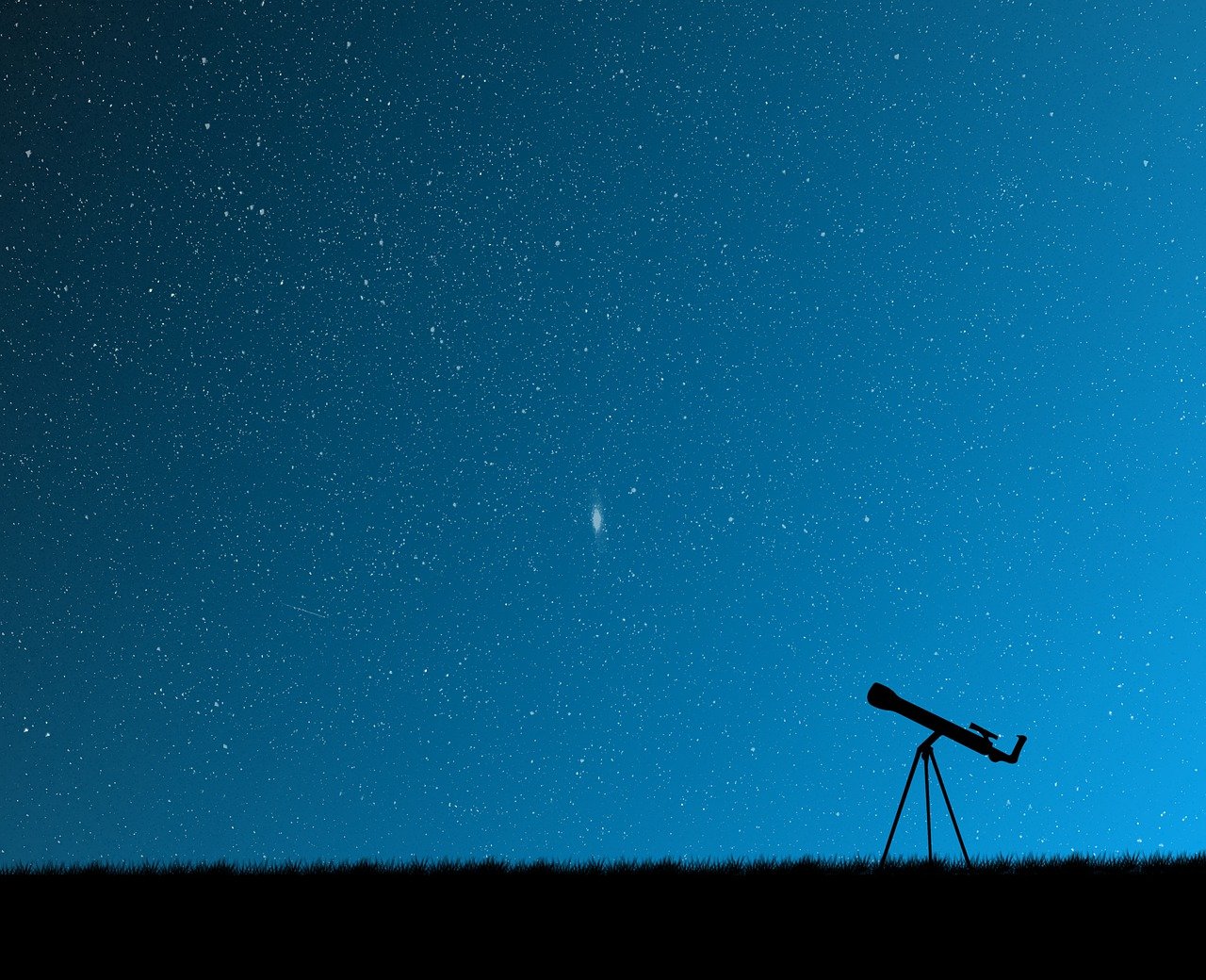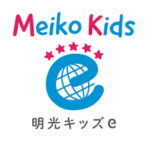
As home to one of the world’s largest cities, as well as a notoriously dense population, it’s hard to imagine seeing much of anything in Japan’s night skies. However, dig a little deeper, and you can find some pretty cool spots. While you may not find anywhere quite like–say–rural Mongolia, Japan is a wonderful place to experience many different sides of nature, including stargazing. Plus, if you’re located in a city, there’s nothing quite like going from the hustle and bustle of an urban landscape to the quiet tranquility of more rural areas.
Luckily, Japan’s skies are well-suited to stargazing throughout much of the year. Winter is one of the best times, especially the further north you go, as the air is dry and conditions are usually clear. Spring, summer, and fall have their own appeal, however, so deciding when to plan a stargazing trip is a personal decision that is ultimately up to you.
Having said that, it’s a good idea to plan ahead if you can, especially if you’ll be traveling far from where you’re living. It goes without saying that the rainy season makes for more finicky weather; sometimes it can be cloudy for weeks at a time. Luckily, it’s possible to estimate when it will start and end. As a general rule, the rainy seasons begin in May or June, and end in June or July:
| Region | Start | End |
|---|---|---|
| Okinawa | May 8 | June 23 |
| Kyūshū | May 29 | July 13 |
| Shikoku | June 4 | July 17 |
| Kansai | June 6 | July 19 |
| Kantō | June 8 | July 20 |
| Northern Tōhoku | June 12 | July 27 |

Hokkaidō doesn’t technically have a rainy season, however August and September do see a decent amount of rain. As such, it might be best to avoid attempting stargazing during this period.
Don’t forget to consider what phase the moon will be in when you go stargazing! A full moon is not recommended, as it can provide its own very powerful form of light pollution. A new moon, and the days just before and after, will give you the best view.
International Dark Sky Places
In 1988, David Crawford—a professional astronomer—and Tim Hunter—a physician and amateur astronomer—created a non-profit organization called DarkSky International. Its purpose was “to preserve and protect the night time environment and our heritage of dark skies through quality outdoor lighting.”
Since then, the organization’s mission of spreading awareness about light pollution has expanded far beyond its original American borders. In fact, Japan is home to a number of designated International DarkSky Places (IDSP). So, if you’re looking for places in Japan that offer some of the best lighting conditions, the ones chosen by DarkSky International are some of your best bets. Here are the four locations:
Bisei Town in Okayama (美星町・岡山)
Bisei Town in Ibara City, Okayama Prefecture, was the first area in Japan to enact a Light Pollution Prevention Ordinance in 1989. Its name means “Town of Beautiful Stars,” and it certainly lives up to it. As a pioneer in raising awareness about light pollution, it comes as no surprise that the town has developed educational materials and events for people of all ages to learn more about their night sky.
Bisei Town’s observatories and regular stargazing events invite locals and visitors alike to enjoy expansive night skies filled with constellations. To get there, take the Hakubi Line train towards Soja, then get off at Kiyone Station. From there, change to the Ibara Tetsudo line towards Kannabe for five stops, until Yakage Station. Finally, take a bus towards Bisei Sancho Plaza (美星産直プラザ) via Misagobashi (美砂橋). The journey takes around 2 hours from Okayama Station on public transportation.
Minami-Rokuroshi in Fukui (南六呂師・福井)
Minami-Rokuroshi, a Dark Sky Park in Fukui Prefecture, offers a pristine stargazing environment thanks to its mountainous surroundings and commitment to preserving natural night skies. This remote area, nestled within Japan’s rugged Chubu region, has minimal light pollution, making it ideal for observing stars, planets, and the Milky Way in sharp detail. Minami-Rokuroshi holds regular stargazing events, attracting astronomy enthusiasts who seek a tranquil, immersive experience in nature. Visitors can enjoy breathtaking views by night and the lush, scenic beauty of Fukui’s mountains by day, making it a serene destination for stargazing and relaxation.
Kōzushima Island in Tokyo (神津島・東京)
Kozushima Island offers some of Japan’s clearest and darkest skies, ideal for stargazing. Located about 180 kilometers south of Tokyo in the Izu Islands, Kōzushima is celebrated for its untouched natural beauty, serene beaches, and mountainous landscapes, which provide stunning night views. The island’s remote location helps minimize light pollution, creating an exceptional setting to view constellations, planets, and even the Milky Way. Although not the most easily accessible location on this list, it’s well worth the four-hour boat ride from Tokyo’s Takeshiba Pier (ポートシティ竹芝), or the 30-minute journey by plane.
Iriomote-Ishigaki National Park in Okinawa (西表島石垣・沖縄)
Last and southernmost is Iriomote-Ishigaki National Park, located in Okinawa Prefecture. Many people have never heard of Ishigaki Island because it’s far from the prefecture’s most populous city, Naha. In fact, it’s technically closer to Taiwan than it is to Japan!
Given its remote location, it boasts exceptionally dark skies and low levels of light pollution. The national park covers the islands of Iriomote and Ishigaki, where visitors can enjoy clear, star-studded skies featuring constellations rarely visible in other parts of Japan. With its blend of subtropical scenery and vibrant marine life, the park provides a one-of-a-kind stargazing experience, allowing visitors to immerse themselves in Okinawa’s natural beauty both day and night.

Buying equipment
Many of the locations mentioned so far will have observatories and other facilities that can provide you with tools to stargaze. For example, Bisei Town has its own observatory that offers entry for ¥300, and access to a 101-cm diameter telescope. You do not need a reservation, unless going in a large group.
However, if you’d like to have your own equipment anyway, you’ve got options. The two most popular locations you can check are Yodobashi and Bic Camera. Even if you don’t live anywhere near a city that has these stores, it’s easy to browse their online inventory and have your order delivered directly to you.
It’s also worth keeping an eye out at discount stores like Second Street and Hard Off, as you’ll come across some real treasures every once in a while.
If you’d like to browse a shop that has employees that can answer questions in more detail, there are specialty stores across Japan that could be worth visiting. Here are a few:
- Astro Shop AU — Sapporo, Hokkaidō
- Televue Japan — Shibuya, Tokyo
- Shmidt — Shinjuku, Tokyo
- International Optical Machinery — Kyoto City
- Astronomical House TOMITA — Fukuoka City
Japan offers unique stargazing opportunities that combine the charm of rural landscapes, pristine night skies, and rich cultural experiences. Whether you’re a seasoned stargazer or new to exploring the stars, Japan’s carefully preserved dark sky locations provide a rare escape from urban life and a chance to reconnect with nature. There’s more to Japan’s night skies than the locations listed here, so once you’ve visited places like Bisei Town or Iriomote-Ishigaki National Park, explore even more of Japan’s countryside.
These destinations let you see Japan from a fresh perspective and appreciate its commitment to preserving the natural world. Embrace this unique aspect of Japanese life—find your perfect stargazing spot and relax in the less-traveled but equally fascinating parts of Japan.














